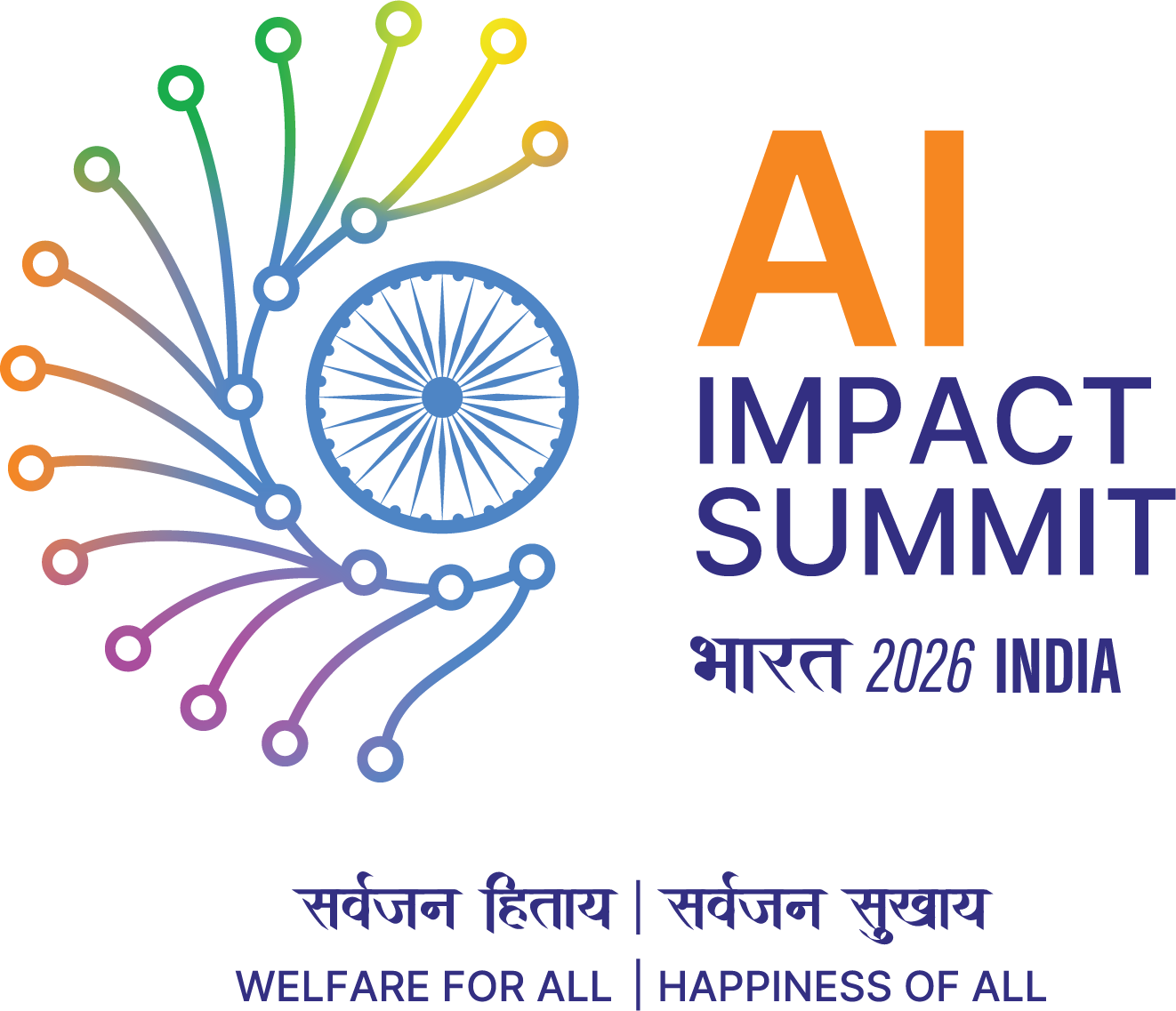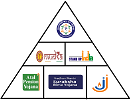What is NABARD?
National Bank for Agriculture and Rural Development (NABARD) was established on 12 July 1982 by an Act of the Parliament. NABARD, as a Development Bank, is mandated for providing and regulating credit and other facilities for the promotion and development of agriculture, small scale industries, cottage and village industries, handicrafts and other rural crafts and other allied economic activities in rural areas with a view to promoting integrated rural development and securing prosperity of rural areas, and for matters connected therewith or incidental thereto.
What are objectives of NABARD?
VISION - Development Bank of the Nation for Fostering Rural Prosperity.
MISSION - Promote sustainable and equitable agriculture and rural development through participative financial and non-financial interventions, innovations, technology and institutional development for securing prosperity.
What are major functions of NABARD?
The major functions of NABARD include promotion and development, refinancing, financing, planning, monitoring and supervision. Functions of NABARD can be devided into credit related functions and non-credit related functions.
What are credit related functions of NABARD?
Credit related functions of NABARD are as follows:
- Refinance to Rural Financial Institutions for investment credit (long term loan) and production and marketing credit (short term loan) purposes for farm and off-farm activities in rural areas.
- Loans to State Governments for developing rural infrastructure and strengthening of the Cooperative Credit Structure
- Loans for warehousing infrastructure to State Governments, State/ Central government Owned/ assisted entities, Cooperatives, Federation of cooperatives, Farmers’ Producers Organizations, (FPOs), Federations of Farmers’ Collectives, Primary Agricultural Credit Societies (PACS) / Cooperative Marketing Societies (CMS) or similar institutions, Corporates/ Companies, Individual entrepreneurs, etc.
- Direct lending to Cooperatives and Producers’ Organization, support to State owned institutions /corporations under NABARD Infrastructure Development Assistance and direct lending to individuals, partnership firms, corporates, NGOs, MFIs, Farmers’ collectives etc. under Umbrella Programme for Natural Resource Management (UPNRM)
- Pass through agency of select Government of India Capital Investment Subsidy Schemes.
What are non-credit related functions of NABARD?
Non-credit related functions of NABARD are as follows:
Credit Planning and Monitoring, Coordination with various agencies and institutions.
- Assist in policy formulation of GoI, RBI and State Governments on matters related to agricultural credit and rural development.
- Institutional development and capacity building of Cooperatives and Regional Rural Banks (RRBs) to strengthen the rural credit delivery system. Statutory inspection of Regional Rural Banks (RRBs), State Cooperative Banks and District Central Cooperative Banks (DCCBs), voluntary inspection of State Cooperative Agriculture and Rural Development Banks (SCARDBs) and their off-site surveillance.
- Promotional and developmental initiatives in the areas of farm, off-farm, micro finance, financial inclusion, Convergence with Govt sponsored programmes.
- Supporting the financial inclusion efforts of Regional Rural Banks and Cooperative Banks.
- Thrust on promotion of livelihood opportunities and Micro Enterprises.
- Capacity Building of Personnel and Board Members of Credit Cooperatives and Staff of Rural Financial Institutions.
- Support to research and development, rural innovations, etc.
What are cooperative banks?
Co-operative banks are financial entities established on a co-operative basis and belonging to their members. This means that the customers of a co-operative bank are also its owners. These banks provide a wide range of regular banking and financial services.
What are rural cooperative banks?
Rural cooperatives, which were established to address the ‘last mile’ problem associated with delivery of affordable credit to farmers, can be broadly classified into short-term and long-term institutions, each with distinct mandates.
What is Short term Cooperative Credit Structure (STCCS)?
The Short-Term Cooperative Credit Structure (STCCS) consists of three types of financial institutions viz. State Cooperative Banks (StCBs) at the State/Apex level, District Central Cooperative Banks (DCCBs) at district level (in 20 States/Union Territories) and Primary Agriculture Credit Cooperative Societies (PACS) at the village level. The StCBs and DCCBs come under the regulatory purview of RBI through BR Act and NABARD has been given powers under Section 35 (6) of the BR Act to conduct inspections of StCBs and DCCBs. PACS are outside the purview of BR Act if such society does not use as part of its name, or in connection with its business, the words “bank”, “banker” or “banking” and does not act as drawee of cheques.”.
What are urban cooperative banks?
The Urban Cooperative Banks (UCBs) fall under the category of Primary Cooperative Banks. These banks are called UCBs as they can open branches only in urban and semi-urban areas. UCBs having area of operation confined to one State are registered under the provisions of State Cooperative Societies Act and UCBs having area of operation beyond one State are registered under the provision of MSCS Act, 2002.
What is Kisan Credit Card?
The Kisan Credit Card (KCC) scheme was introduced in 1998-99, as an innovative credit delivery mechanism which aims at adequate and timely credit support from the banking system. Loans upto Rs. 3 lakh under KCC is provided to the farmers for cultivation of crops; post-harvest expenses, working capital for maintenance of farm assets and activities allied to agriculture; and investment credit for agriculture and allied activities.
Who are eligible for KCC for Crop loans?
Individual/joint borrowers who are owner cultivators; Tenant farmers, oral lessees & share croppers; Self Help Groups (SHGs) or Joint Liability Groups (JLGs) of farmers including tenant farmers, share croppers etc.
Is KCC available for Animal Husbandry and Fisheries farmers?
KCC facility extended to Animal Husbandry and Fisheries farmers for their working capital requirement in the year 2019.
Is KCC available to farmers without any collateral?
The limit of collateral free KCC loan increased from Rs. 1 lakh to Rs.1.60 lakh in February 2019. KCC loan beyond Rs. 1.6 lakh and upto Rs. 3 lakh issued without collateral, provided there is a tie-up arrangement through the Tri-Partite Agreement (TPA) among borrower, milk unions & Banks to ensure timely repayment to the Banks. TPA has been envisaged to ensure payment made by milk union to the dairy farmers through the designated account.
What is KCC Saturation Drive under AtmaNirbhar Bharat Abhiyan?
A special KCC Saturation drive was launched under AtmaNirbhar Bharat Abhiyan to cover 2.5 crore farmers under the Kisan Credit Card (KCC) scheme with a credit boost of Rs. 2 lakh crore. As on August 23rd, 2022, 3.46 crore farmers have been covered under the KCC scheme, with sanctioned credit limit of Rs.3.95 lakh crore. The saturation drive is still continuing to saturate all the farmers under KCC.
What is Agriculture Credit System in the country?
The agriculture credit can be broadly classified on the basis of tenure of loans:
Short-Term: Loans required for meeting the requirements of the cultivators for raising of crops, marketing of crops as well as working capital and production needs of weavers, farmers and artisans. These loans are generally for a period of 6 -18 months.
Agriculture Term Loans: These loans are for a period exceeding 3 years. The purpose of such loans includes farm investments, allied activities, micro, small and medium enterprises, agro processing, organic farming, non-conventional energy, Self Help Groups (SHGs), Joint Liability Groups (JLGs) and rural housing.
Does Govt. fix any target for Ground Level Agricultural Credit (GLC)?
In order to boost the agriculture sector with the help of effective and hassle-free agriculture credit, the Government has been fixing annual targets for Ground Level Agriculture Credit.
What is GLC target for FY 2022-23?
Govt. has specified GLC target for Rs. 18.5 lakh crore for FY 2022-23.
What are the funds setup out of Priority Sector Lending (PSL) shortfall of Scheduled Commercial Banks in NABARD?
Following funds have been set-up out of Priority Sector Lending (PSL) shortfall of Scheduled Commercial Banks in NABARD:
(i) Rural Infrastructure Development Fund (RIDF):
(ii) Short Term Cooperative Rural Credit (Refinance) (STCRC) Fund:
(iv) Short Term Regional Rural Bank (Refinance) (STRRB) Fund:
(iii) Long Term Rural Credit Fund (LTRCF):
What is Rural Infrastructure Development Fund (RIDF)?
Government of India created RIDF in NABARD in 1995-96 withan initial corpus of Rs.2000 crore. Under RIDF, NABARD provides Long-term debt facility to finance rural infrastructure. The 39 eligible activities under RIDF are broadly categorized into 3 sectors, namely, Agriculture and related activities, Social sector and Rural Connectivity.Over the years, RIDF has emerged as a dependable source of public funding of impactful rural infrastructure projects.
What is Short Term Cooperative Rural Credit (Refinance) (STCRC) Fund?
Through this fund NABARD provides concessional short-term refinance to Cooperative Banks for their crop loan lending
Is Short Term Regional Rural Bank (Refinance) (STRRB) Fund?
STRRB Fund set up in 2012-13, so as to enable NABARD to provide Short Term refinance to RRBs to meet their crop loan lending obligations.
What is Long Term Rural Credit Fund (LTRCF)?
This fund has been set up for the purpose of providing long term refinance support to Cooperative Banks and Regional Rural Banks for their lending towards investment activities in agriculture.









